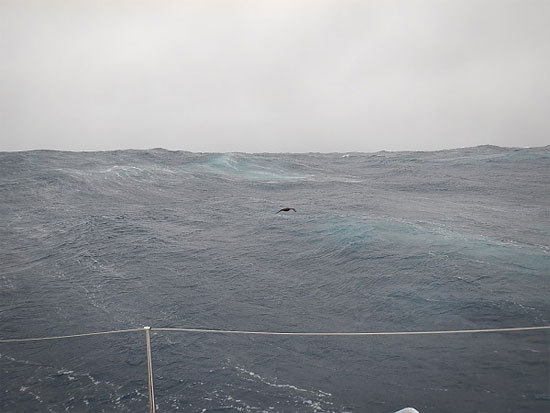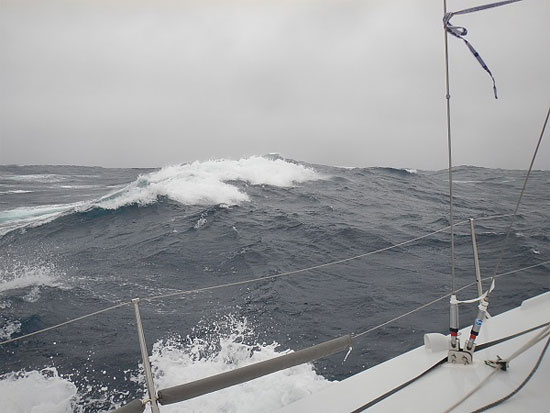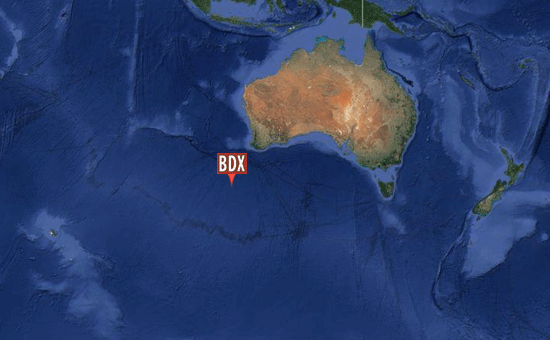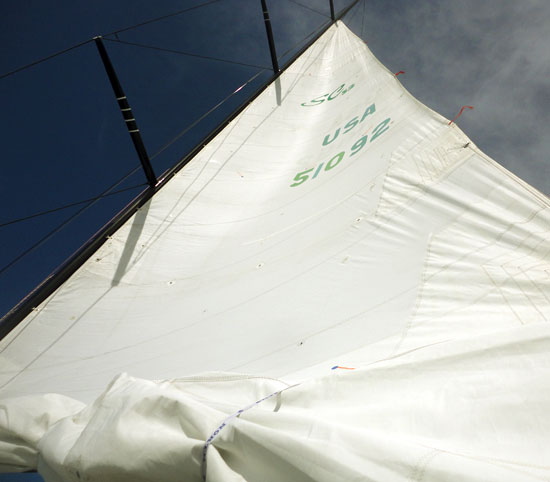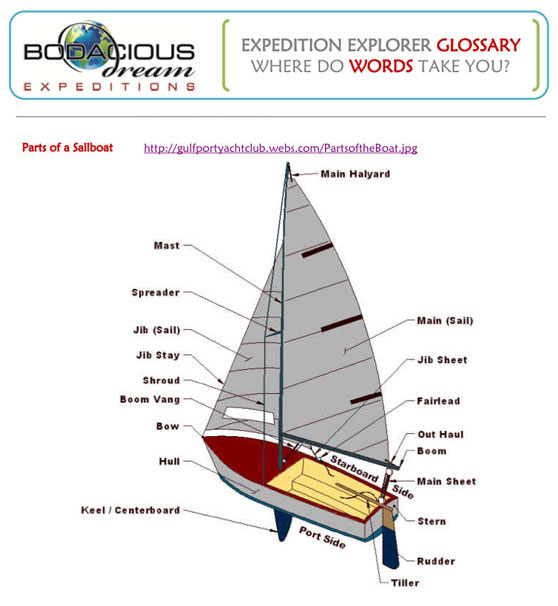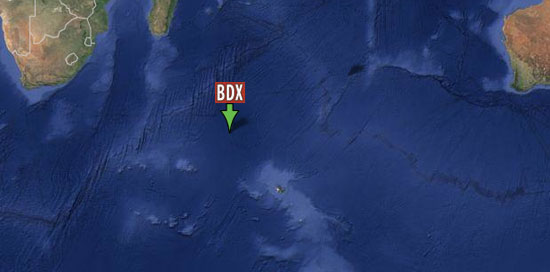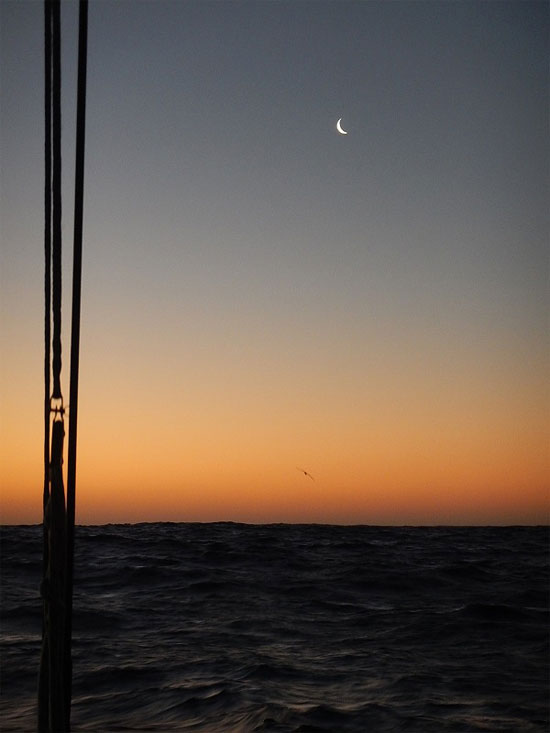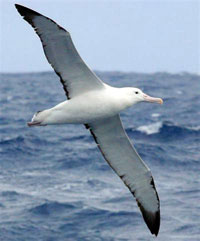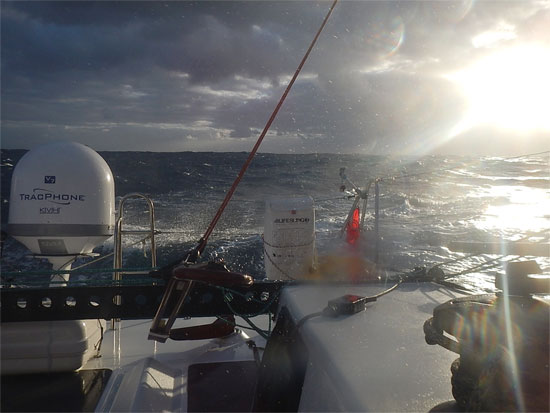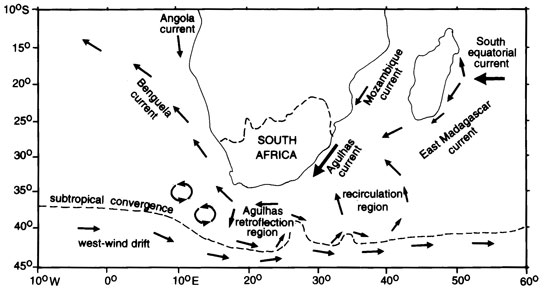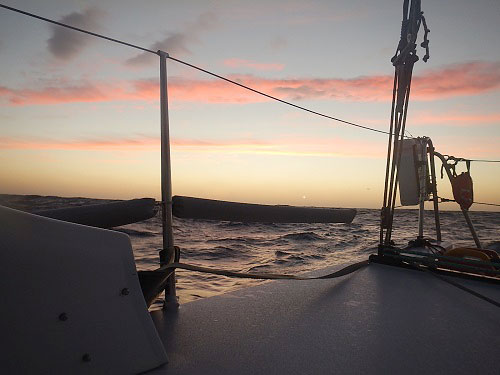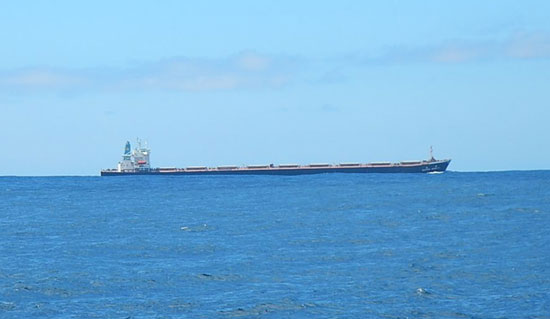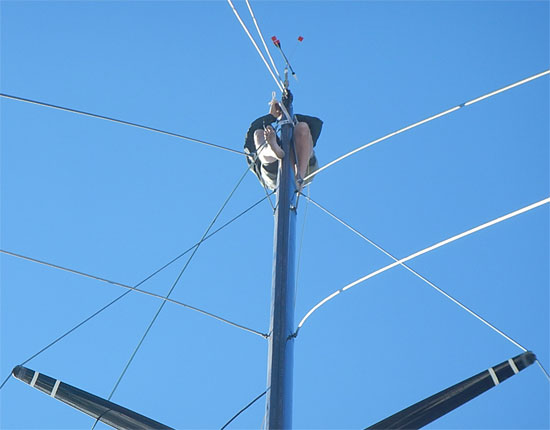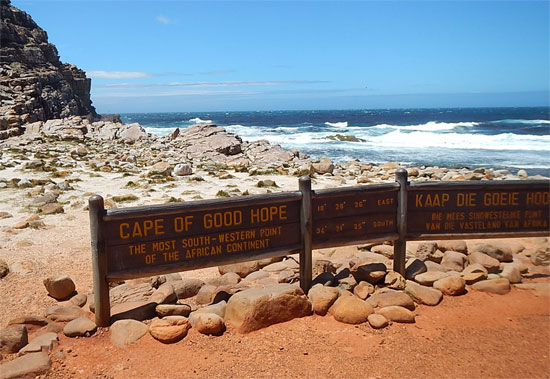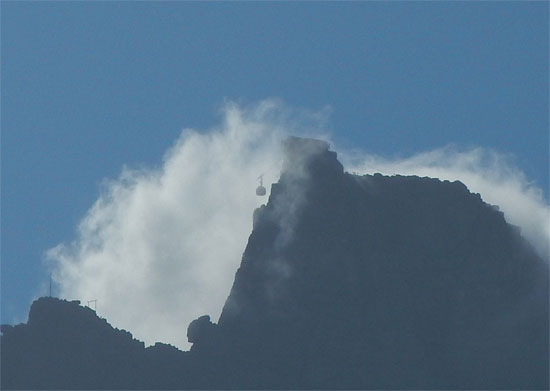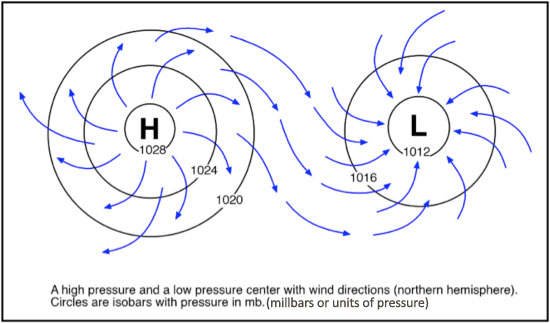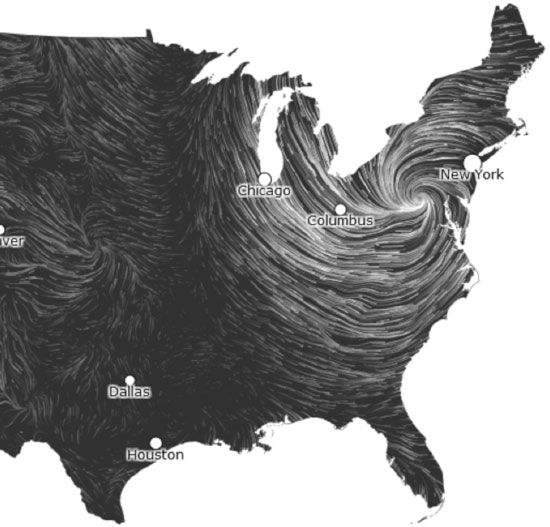It’s been about five days now since we exited the storm zone and in that time the weather’s been quite pleasant, which has given me a chance to catch up on sleeping, eating and general boat chores. Although I’m grateful for the nicer weather, I also wouldn’t mind if it were a bit windier.

Finally a real horizon … 41.2911478S, 113.4013266E
I’ve been working to keep a 7-knot average speed through the day, but I’d love to see it move up some. There’s heaps of different wind pockets around, which means there are parts of the day when I have only lower-speed winds to work with and then other times, they’re back kicking up to 14-16 knots. Somewhere in the course of this back and forth, I’ve taken up playing games with the winds, coaxing them … or trying to trick them somehow. How do you trick the wind, Dave? Glad you asked. It’s a routine I developed when we were in the thick of it. You see, as I got increasingly tired, various parts of the boat began to play in my periphery and to gradually take on personalities, which enabled me to carry on conversations with them.
Otto (the auto-pilot) is my primary chat partner. Otto probably knows more about me in sleep-deprived mode than anyone. Together, we often discuss the weather, the course or how the boat is doing. So sometimes, when Otto and I want more wind, I’ll put on my gear and act as if I’m going to change sails. At this point, usually, the wind decides it wants to kick up and so thwart me from changing sails. Then what happens is that the winds will build for a while, long enough for me to go off and do something else … and then once they die off again, I’ll look like I’m heading back out to change sails … at which point, they kick up again!

Dave in full wind distracting apparel … 42.5314166S, 120.1535844E
I don’t know whether or not I’m acquiring any special wind whispering powers, but sometimes it seems that I can accomplish the same response just by pushing a button or two on the auto-helm control panel. For whatever reasons, when I am about to push buttons to change course, the wind suddenly picks up, causing me to pull back on the buttons. Believe it or not, this kind of nonsense goes on day and night, and while I know it sounds odd, I actually think focusing in on the details of the process has made me better at anticipating just what the capricious overlords of the wind want me to do.
 All that aside, the past few days have had us sailing along at a beautiful angle to the wind, which Bo just loves. We call this kind of action “reaching,” where the wind is just behind us and a bit sideways to the boat. When Bo sails in these conditions, it’s like she’s sailing on silk. There’s little if any noise from the wake and she just seems to advance effortlessly. The only noise is from the hydro-generator (pic to the right) which makes a gentle whine that increases in pitch along with the boat speed. I’ve gotten fairly proficient at knowing how fast Bo is moving by the tune the hydro-generator is singing. It’s something that happens when you’re on your boat for a long time; you get to know every little sound and what each of them means. It’s actually quite comforting when I am resting to have that whine informing me that the boat is in tune with the elements.
All that aside, the past few days have had us sailing along at a beautiful angle to the wind, which Bo just loves. We call this kind of action “reaching,” where the wind is just behind us and a bit sideways to the boat. When Bo sails in these conditions, it’s like she’s sailing on silk. There’s little if any noise from the wake and she just seems to advance effortlessly. The only noise is from the hydro-generator (pic to the right) which makes a gentle whine that increases in pitch along with the boat speed. I’ve gotten fairly proficient at knowing how fast Bo is moving by the tune the hydro-generator is singing. It’s something that happens when you’re on your boat for a long time; you get to know every little sound and what each of them means. It’s actually quite comforting when I am resting to have that whine informing me that the boat is in tune with the elements.
Since the storm, I’ve gotten the chance to make a few additional hot meals during the day. When the storms are tossing you around, it’s hard enough to boil water for one hot meal during the cold of night, and so you spend the day grazing on candy, chocolate, crackers, cheese and snacks like that. So as the weather eases up, I’m able to blow the lunch whistle and whip up a freeze-dried meal right in the middle of the day, if I want! Today, I figured out how to make a pretty edible version of macaroni and cheese. I never much cared for mac and cheese, but I brought along a dozen pouches as emergency rations, for when everything else runs out. Not that I’m into emergency food mode yet, but I did an inventory and we could be close.
When I first tasted it, the mac and cheese was just as I suspected … well, macaroni and cheese … and once again not much to my liking. So, I starting adding a few things to make it tastier, at the same time I took away a few things. The first thing I did was to dump out about half the mac and cheese. Nobody needs to put that much fake cheese into his or her body! I got this really great pepper grinder in Cape Town, but it’s pretty zippy, so I went light on that. Next I added a few dashes of Worcestershire sauce. While digging around, I found a can of Cajun spice left over from last year. So, yep, I added a bunch of that to the mix, making it ready for the final special ingredient – a can of tuna fish. Now we’re talking! Add all that and you get a mac and cheese that’s not half bad. After that it was writing time on a laptop that actually stayed on my lap!

Dave in Scribe Mode … 41.4244916S 115.5533564E
Moving to the more noteworthy subject of milestones, the day before yesterday, we crossed directly south of the western edge of Australia and are now officially down under the Down Under, approximately 1250 miles from Tasmania! It’s not like I can see Australia, but I know it’s there. As I’ll likely be going under Tasmania as well, I guess I’ll have to wait for another trip to see Australia. The hope for now is that by staying below 42 degrees South, that we can find the winds to keep us going for the next several days. If I stay up north at 41 degree South, it could turn into painfully light sailing.
Well, there you have it … a bit of a recap of some of the more day-to-day things that are going on with us on Bodacious Dream. Though the news isn’t very exciting, it’s also nice not to be in constant alert mode, And on another good note, one of these days, I’m expecting my KVH satellite dome to start picking up an Internet signal, which means I’ll be able to send off some photos and videos of those recent storms!
Until then, thanks for following along. And I encourage you to check out our six new Explorer Guides. They’re really unique, informative and fun too. Share them with students or family members. I learned a lot reviewing them!
– Dave, Bodacious Dream, (finally dried-out) Franklin and Otto (of few words)
And the mailing list sign up, as always, is here!



